Under the dim glow of lanterns in a half-empty Devín Castle in the suburbs of Bratislava, people gradually gathered, despite the late hour on a cold January evening. A game was set to begin at 18:00 and enthusiasts eager to immerse themselves in the atmosphere of totalitarian Czechoslovakia were already taking their seats.
Some took the opportunity to explore the exhibition "Attention, Border! Devín as part of the Iron Curtain in 1948-1989" that was simultaneously being presented at the castle by the Bratislava City Museum. It aims to map the increasing restrictions on freedom of movement that were imposed following the February 1948 coup in which the Czechoslovak Communist Party seized power in Czechoslovakia.
A new game and an exhibition on the same subject: just a coincidence?
Belinda Rašnerová from Gamifactory, a game-based learning platform, and her colleague Jakub Žaludko say it was. "We were not aware of the exhibition’s theme," they tell The Slovak Spectator. When the pair arrived at the castle, one of the top tourist attractions in the Slovak capital, it was to present their new historical digital game, “Who is Helena?”, rather than to leverage the exhibition – but they were happy they could.
Žaludko and Rašnerová view their game as an artistic work, but its purpose is also to educate. They released it to highlight what life was like under totalitarianism, explain why so many people decided to emigrate, why it was taboo to talk about those who emigrated, and to highlight some of the regime-like signs that can be observed in the actions of the current government.
The enchanting atmosphere of the seemingly empty but lively night castle was perfectly matched to the theme of the game. “The venue of Devín Castle was offered to us. The organisers who invited us were the Bratislava City Museum and the Socratic Institute,” explained Rašnerová, adding that she, her colleague Žaludko, and other members of their team are graduates of this institute, which focuses on young people and leadership.
Visitors also appreciated the venue, for instance Štefan Konečný, who came to play the game on a Thursday evening mainly because of the topic, which, he feels, isn’t often discussed in schools. Konečný expected there to be slightly more interactive content, but expressed overall satisfaction. He added that the exhibition was a good extra: “There is a curtain, the fence that divides territory, all of it gives an impression… and it certainly contributes to the uniqueness of the situation.”
Almost everyone has a Helena in their family
Less than three years after the end of the Second World War, totalitarianism returned to what was then Czechoslovakia. As early as 1945, three years prior to its coup, the Communist Party of Czechoslovakia (KSČ) adopted a cultural and political programme centred on a vision of transforming the national and democratic revolution into a socialist one, including a cultural revolution. From then on, Czechoslovakia was slowly but steadily drawn within the Iron Curtain.
Scientists, researchers, scholars, cultural figures, and many others from various fields – or simply those in search of a better life – tried by any means after February 1948 to break through the Iron Curtain and emigrate to democratic countries. At that time they mainly chose East Germany as a starting point, from which they would navigate through other European countries mainly in order to reach North America, i.e. the United States and Canada.
In fact, the idea for the game came from the US Embassy, admits Žaludko. “We found a game concept that we developed further,” he adds.
Helena – a fictional character in the game – embodies all the emigrants who left their homes, their parents and their siblings in search of a better future, a career and cultural development free from the influence of socialist and communist propaganda. Such ‘Helenas’ could be found in many Czechoslovak families. Some families remained in contact with their emigrant relatives, while others lost touch forever. There were even cases where, after two or three generations, families were contacted by the emigrants’ lawyers in search of relatives to inherit their estates.
To play the game, a player needs a smartphone onto which they can download it. Then the game, which comprises visuals and questions, can begin. When players start playing, they find themselves inside the phone of another fictional character, Alica Dobšinská, a computer science student who has recently received a strange email from lawyers in America. The lawyers are searching for the relatives of one Lena Dobsinski. As Dobšinská and her cousin investigate further, they uncover a forgotten family secret: Helena was a scientist who emigrated to the USA in 1968, during the Prague Spring, and mysteriously disappeared from the family records. The Dobšinský family knows almost nothing about Helena, and the topic is strictly taboo – as was common in such situations.
The goal of the game is to uncover whether the mysterious Helena and Lena Dobsinski are the same person, while exploring the history of totalitarian Czechoslovakia. As the players investigate, they learn about the political and social circumstances that may have forced Helena – or Lena – to leave the country. The players’ actions decide how the story in the game ends.
Become a detective
The game, which includes its own encyclopaedia, is also recommended for students in primary and secondary schools, to make history lessons more interactive and get students interested in the topic.
“Modern Slovak history is very poorly documented and analysed – there are no sufficient sources, books or textbooks in schools. History teachers have nothing to rely on, which is one issue,” Žaludko argues. The other issue is that there is often not enough time in schools to cover this topic, so students graduate without knowing much about it. “As a result, we are losing awareness of our own history, and this is something we wanted to change with this game,” explains Žaludko.
Rašnerová agrees and adds that, unfortunately, more time is dedicated to ancient history, the early modern period, and other topics, and by the time students reach the history of Slovakia in the 20th century, they are already exhausted; there is no time left for a detailed discussion.
The game, with its mystery elements, has been available for download for about a month now and has received positive feedback, the pair say. “People are actively playing it, and we have excellent reviews,” notes Rašnerová, revealing that the game should be introduced to schools in February 2025. The pair stress that the game itself is not about communism per se, but rather about a family drama: an ancestor emerges, whom the family was unaware of, and suddenly the family members learn about her.
A game that can last several hours or days
In addition to the game “Who is Helena?”, Gamifactory also has another game available, focusing on the ancient history of what is now Slovakia, specifically the area around Bratislava, which at one time marked the border of the Roman Empire.
Given Slovakia’s fascinating history, more educational games like these may appear in the future.
Konečný, one of the players at Devín Castle, believes that using games as a medium for teaching is a great idea, as people tend to remember things better when they experience them. He did not finish the game at the castle, as it takes at least four hours to complete, but he plans to. Players can even play it for several days, as it is possible to split the game into episodes.
As Konečný told The Slovak Spectator, this topic is his “cup of tea”. The question is: is it yours?


 Who is Helena? Do you know about Helena? Discover the secret behind this name. (source: Gamifactory)
Who is Helena? Do you know about Helena? Discover the secret behind this name. (source: Gamifactory)
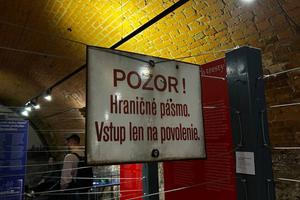
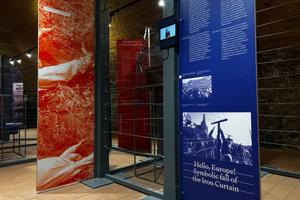

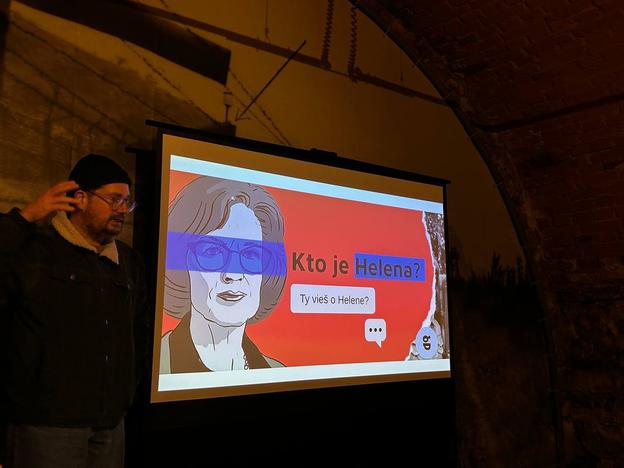 Presentation of the digital game about the history of totalitarian Czechoslovakia "Who is Helena?" (source: Iryna Uias)
Presentation of the digital game about the history of totalitarian Czechoslovakia "Who is Helena?" (source: Iryna Uias)

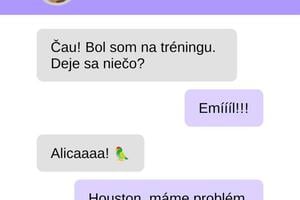
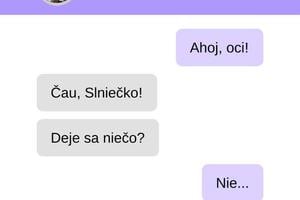
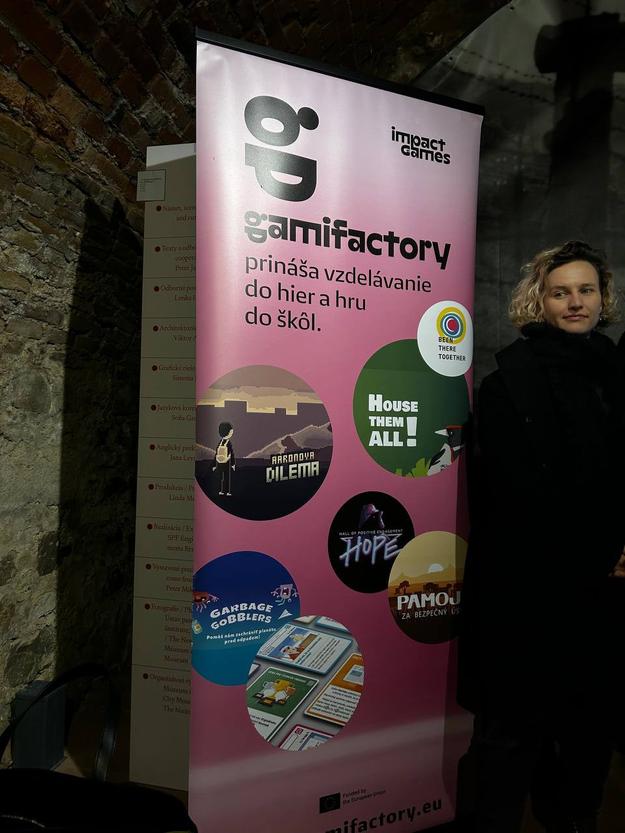 All the other games in the Gamifactory offer. (source: Iryna Uias)
All the other games in the Gamifactory offer. (source: Iryna Uias)